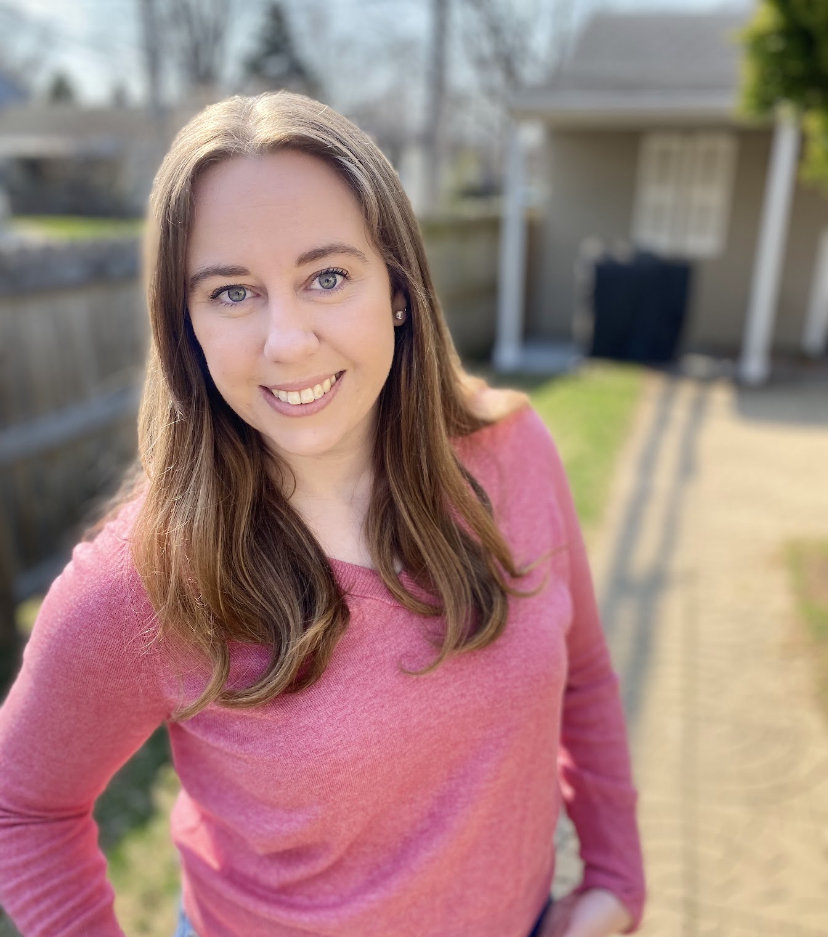Find Your Quilting Design Style
- Tori McElwain
- Mar 23, 2024
- 3 min read
Updated: Mar 30, 2024
By Tori McElwain for Quilting with Darla
Quilting is such a fun creative process! I have a few tips on creating your own combinations of quilting motifs (top stitching designs) to create your unique style!
Quilting Motifs: joining together 3 layers of a quilt with different stitch designs.

Quilting motifs, whether you Free Motion Quilt (FMQ), straight-line quilt, stitch-in-the-ditch, or even use computerized pantographs, can add so much to a quilt! Elements like dimension, emphasis, and added layers are just a few ways quilting motifs can impact a quilt.
I believe that quilting motifs can make or break my opinion of my quilts altogether. I love contrast for most of my quilts. I also love themed quilting, like spiderwebs for a Halloween quilt! Choosing a style to fit your quilt and your personal preferences can bring the whole project together and help it stand apart.

Having your own style can be very rewarding. Using the quilting motifs that you love to look at, touch, and do - is the key to creating your quilting style. Again, choose what you love and narrow it down to a few go-to motifs. This can help you develop that style and help you feel more confident in choosing your quilting motifs for each project!

Here are a few Design tips to help you find your quilting design style.
1. Harmony or Contrast?
Harmony:
What do you like to see when you see quilting motifs on a quilt? Do these motifs blend in and add structure and texture without taking away from the quilt pattern? This would look like an overall design (or edge-to-edge design where the same quilting motif is stitched throughout the whole quilt top with no regard for the pattern. This could be as simple as a large meander/stipple or straight-line quilting.
Contrast:
Or do you like motifs that provide contrast and can add interest and dimension? Like adding swirls to a star quilt or a diamond quilting motif to a Dresden Plate quilt. It can also be a mix of designs as we see in custom quilting. The example below uses lines to echo the pattern design and shells to provide texture and interest.
Your answers to these questions can point you in the direction of whether you prefer harmony or contrast. When you see a quilt that you love, I would invite you to ask yourself why do I love this quilt? What stands out? Is the quilting harmonizing or adding contrast?
OR if the quilt is just not your style, ask why? What is repelling me? Is it the quilt motif? Does it blend too much? How does it take away from the quilt?
It may not be the quilting, it could be something else - the fabric choice, the pattern itself, the border, etc. I would still encourage you to save the quilt, in a digital album on your phone, Pinterest board, a physical cork board with pushpins, or even as a saved post on Instagram and take note of your answers to refer to when you get ready to start your next quilt!
You can see more about Harmony and Contrast in my blog post "Quilt as Desired."




Comments